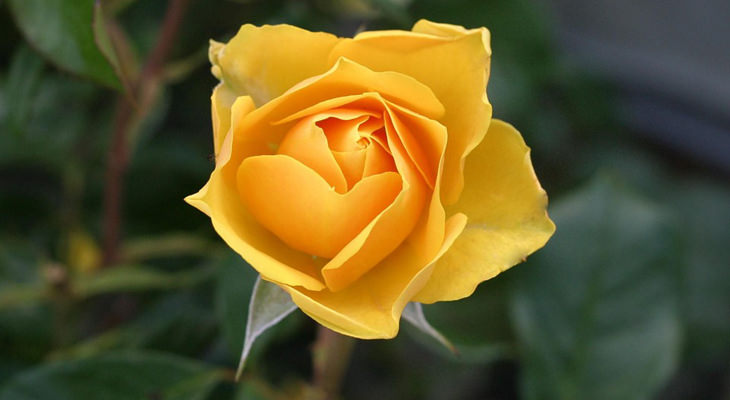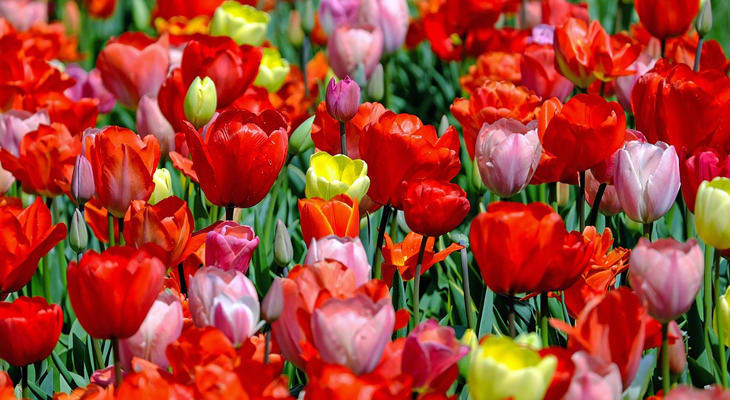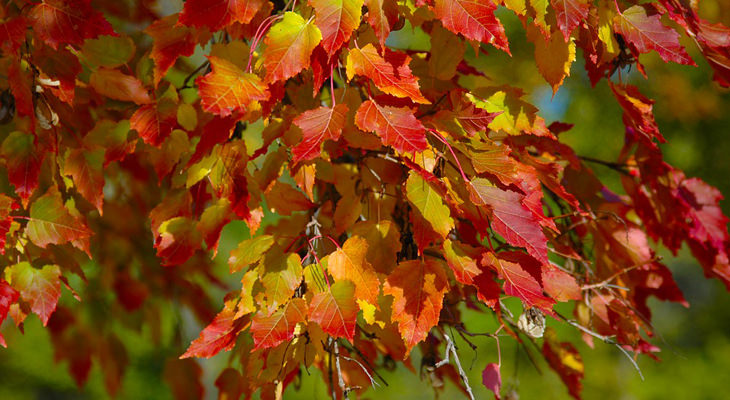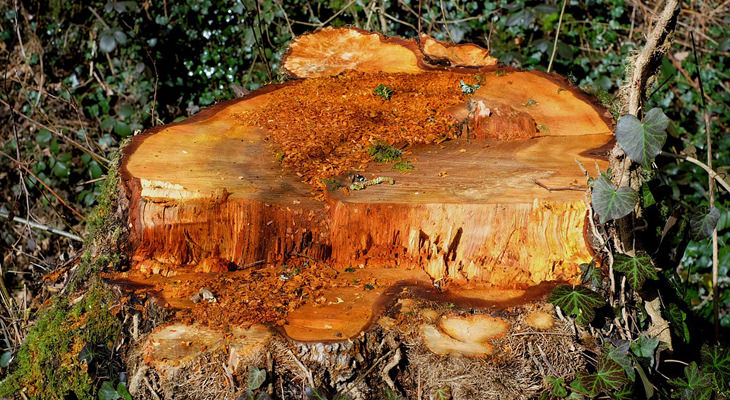

Roses greatly benefit from Epsom salt . It provides them with magnesium, which is vital for chlorophyll production and seed germination. By adding this salt, the rose bush produces more vibrant blooms with richer colors and darker foliage, and the plant grows stronger. It also improves the plant’s inflow of sulfur, nitrogen and phosphorus.
What to do: When planting a rose bush, soak the roots in ½ a cup of salt diluted in one gallon of water beforehand. Sprinkle a tablespoon of salt in the hole in the ground and cover this with a thin layer of soil. During growing season, you can sprinkle a tablespoon of salt per foot of plant height to the base of the plant once a month before watering.
Both these plants use up a lot of magnesium while growing, so adding Epsom salt - which is easily absorbed into the plant - offers gardeners a cheap source of magnesium for their crops. The Epsom salt helps in other ways too: The plants are stronger, produce more fruit, have less blossom rot, a deeper color, and more flavorful vegetables. Gardeners also report sweeter and healthy-sized vegetables.
What to do: When planting a new tomato or pepper plant, dig a hole, place one tablespoon of salt in the hole and then cover with a thin layer of soil. You can position the plant on top of this. During the growing season, you can give the plants a liquid treatment every two weeks: Mix 1 tablespoon of Epsom salt with a gallon of water and water the plants with this solution. Using warm water can make it easier to dissolve the salt.

Experienced gardeners swear that adding Epsom salt to their flower gardens benefits the plants. They cite that the added nutrients make their plants healthier, grow stronger flowers and feature blossoms with improved color and texture. Start by adding the Epsom salt to the soil when planting new flower-bearing plants, and after that treat the plants with a liquid solution (same method mentioned above) every 2-3 weeks.
4. Nurture better azaleas and rhododendron
Add some Epsom salt to help these flowering plants produce more buds. The supplement of sulfate from the Epsom salt also helps prevent the plants from turning yellow. Every 2-4 weeks you can apply 1 tablespoon of salt per 9 square feet, making sure to cover the root area.
5. Grow greener grass
Adding Epsom salt to your lawn can supplement the grass with minerals that make the grass healthier, greener and grow stronger, enabling the plant to withstand any harsh environmental factors. Adding this salt can help with the germination process and seed growth in the early stages. What to do: Use a spreader, or dilute the salt in water and apply with a sprayer. It’s recommended that three pounds be applied per every 1250 square feet.

It is a long process for a tree to bear fruit, but adding the salt to its soil helps the plant reap better-tasting, nutritious and more attractive fruit. It can also help improve photosynthesis and make the tree more weather and disease resistant. You can treat the trees three times a year with 2 tablespoons per 9 square feet, applied over the root zone.
7. Prevent palm trees from getting “frizzle top”
Frizzle top is what gardeners call the palm trees with yellow or light green leaves at the top. It looks as if the plant is having a bad hair day, hence the name. You can remedy this by applying Epsom salt at the base and then spraying the leaves and crown with a liquid mixture (1 tablespoon mixed in a gallon of water).
8. Stop leaves from curling
Another problem plants incur due to a lack of magnesium is that their leaves begin to curl. If this is the case, you can drench the soil with a mixture of 1 tablespoon salt dissolved in 1 gallon of water, or just sprinkle salt into the soil before watering.
9. Avoid yellowing bougainvillea and gardenia leaves
These low maintenance plants are beautiful additions to a garden. However, due to their heavy flowering or if their soil pH is slightly off balance, they can suffer from low levels of magnesium, which results in yellowing blooms or foliage. You can fix this by sprinkling ½ cup of salt in the ground around the plant roots

When plants lack magnesium or sulfur, their foliage often turns yellow. Epsom salt’s technical name is magnesium sulfate, which makes it the perfect fix for this problem. Plants such as ferns, cycads, and elephant-ear plants benefit from richer foliage coloring with Epsom salt treatments. Add Epsom salt to soil fertilizer once a month and, if you want to solve the problem more quickly, you can spray a solution of 1 tablespoon per gallon directly onto the plant leaves.
11. Help with transplant shock
If you move a plant to a new location or from a pot to the ground, the roots can get damaged and shock can occur. Help the plant adapt more easily to its new environment by adding Epsom salt, which facilitates chlorophyll production. Water after planting with a solution of one-gallon water mixed with one tablespoon of Epsom salt.
12. Keeps slugs away
Epsom salt can offer a non-toxic way to rid your garden of unwanted pests. Sprinkling them will keep slugs and snails from nibbling on your plants' leaves and fruit, making your garden safer for animals and children because you didn’t add pesticides to the soil.

Epsom salt can help you drain a tree stump so that it is easier to remove. Drill holes in the top of the stump, with three to four-inch gaps in between, and fill these with the salt. You can also pour it onto any exposed roots to dry them out as well. Add water after filling the holes with the salt - it can take several tries to completely dry out the stump, but the salt speeds up the process.
14. Help remove a splinter
It’s easy to get a splinter when working in the garden, even when wearing gloves. They can be irritating and painful, but Epsom salt can help with this problem too. Soak the affected area with a mixture of 2 tablespoons of the salt dissolved in a cup of water. This solution will increase the skin’s osmotic pressure and help draw the splinter out on its own.
15. Kill weeds
Create a homemade weed killer that can efficiently destroy weeds but won’t damage your growing plants. Mix 2 cups of Epsom salt with 1 gallon of vinegar, and add a few squirts of liquid dish soap into the solution. Store this in a spray bottle and apply to any destructive weeds.